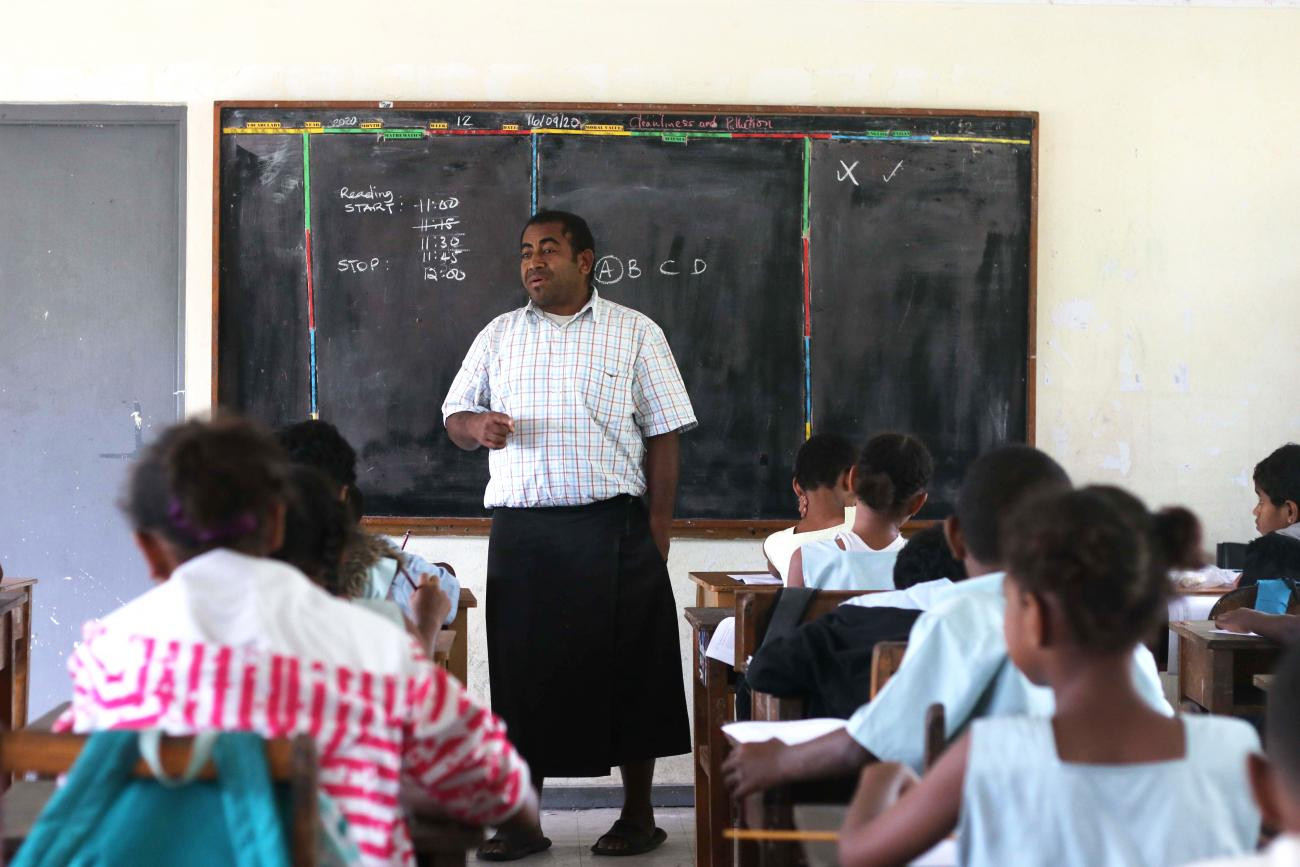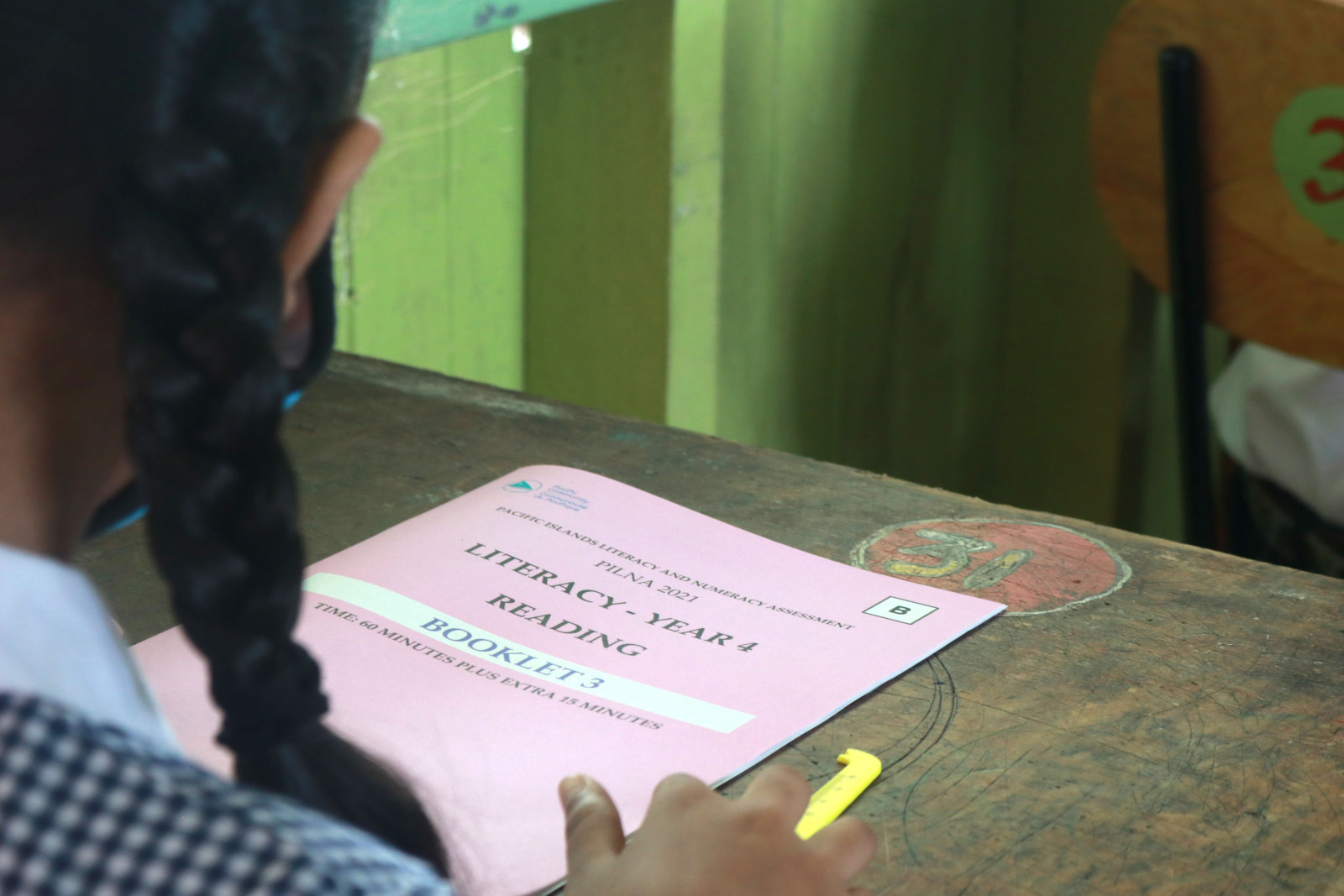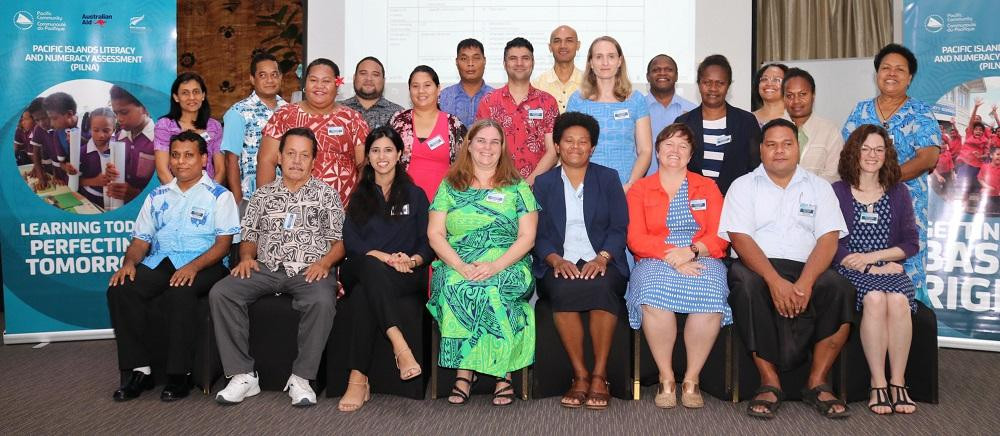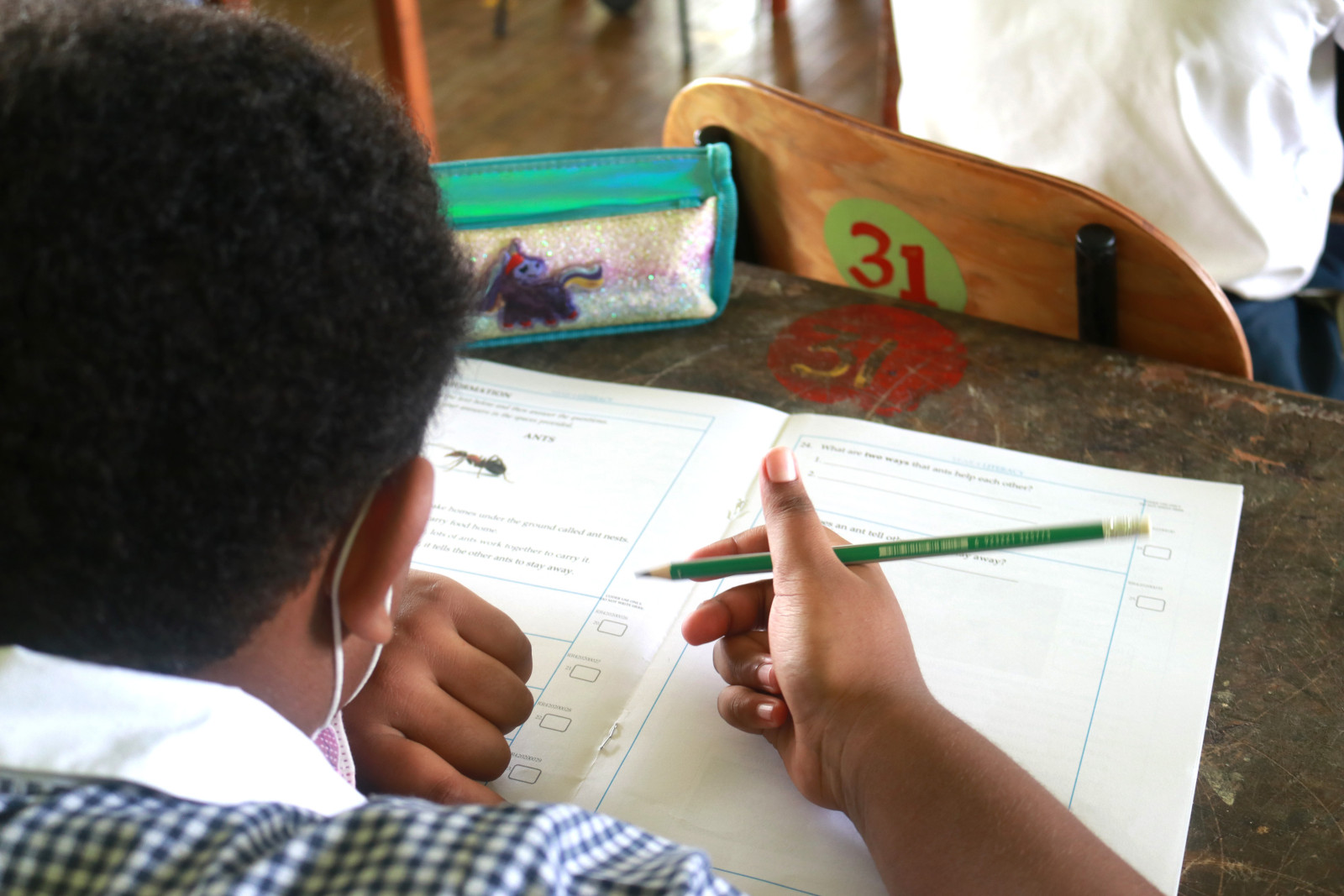Pacific Islands Literacy & Numeracy Assessment
Every three years, Pacific Island governments work together to assess children’s literacy and numeracy using the Pacific Islands Literacy and Numeracy Assessment (PILNA).
PILNA gives an understanding of children’s literacy and numeracy needs and informs actions to strengthen these fundamental skills throughout the Pacific region.

The PILNA 2021 Regional Report is now available!
The Pacific Community and its partners proudly present the regional results of the PILNA 2021 assessment.
This report is a product of the hard work and close collaboration of hundreds of regional stakeholders. Read on to discover what was found about student performance as well as the experiences within, and environments of, Pacific education systems.

What is PILNA?
The Pacific Islands Literacy and Numeracy Assessment (PILNA) is a long-term Pacific-wide assessment.
It is carried out every three years and generates data which is used to facilitate collaborative efforts to monitor and improve learning outcomes for children in Pacific Island countries.
Read on for more detail about the assessment, its purpose and core principles, and its origins and history.

To who we serve
The Pacific Community (SPC), and its Education Quality and Assessment Programme (SPC-EQAP), serve the Pacific region – from those who invest in education and set education policies to those who facilitate learning for students.
Our four key stakeholder groups– governments, education practitioners and leaders, regional entities and the public – have different information requirements and interests.
In 2021 we've compiled the most relevant key findings and recommendations for each of these groups to review and consider.

Looking for the technical detail?
PILNA, as a high-quality learning assessment programme, evolves and improves from cycle to cycle.
We carefully document our methodology and publish here for your reference, including data collection methods, instruments and considerations, data analysis processes, and the limitations and challenges that the programme takes into account.








